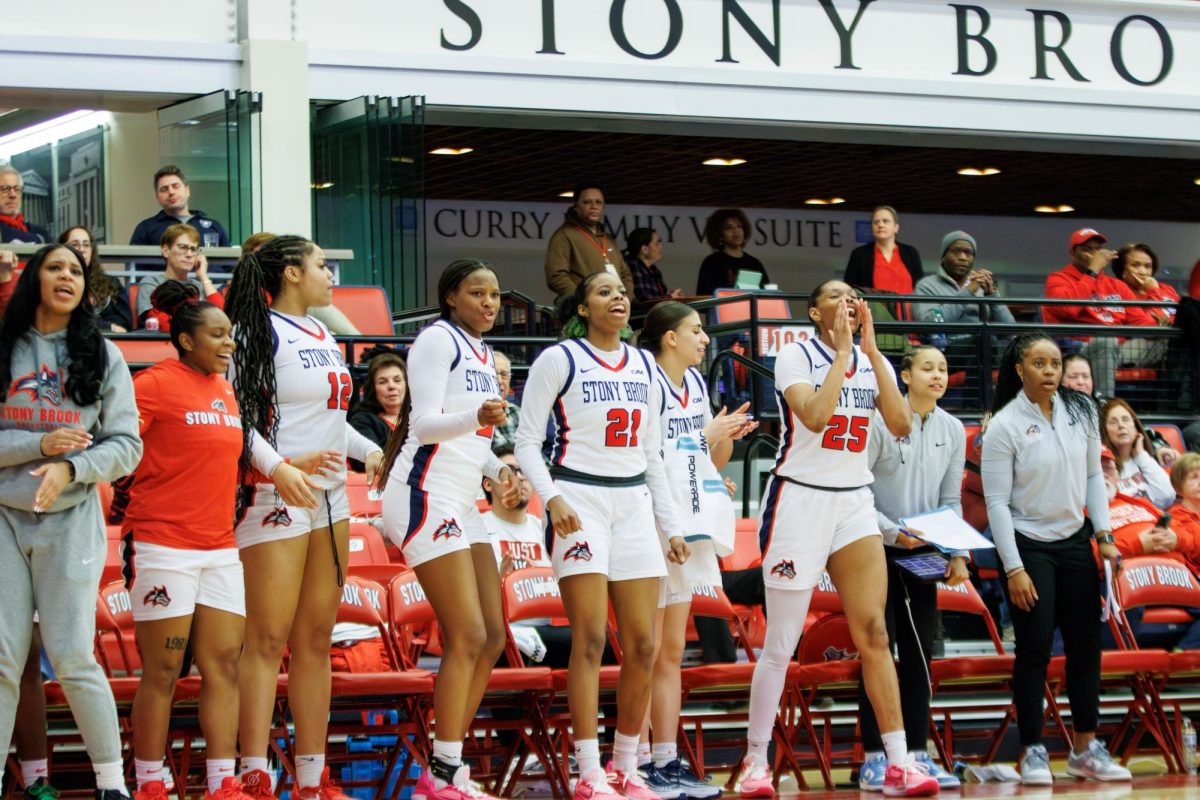
A steam leak in the Administration Building caused electrical interference that resulted in a blackout across main campus on Friday, Sept. 1, Assistant Chief of Police Eric Olsen said. The blackout started at 12:20 a.m. and lasted an hour.
Residents temporarily lost heat and power, but some buildings still had hot water.
“[Outages] can always happen, like they did the other night, for a number of reasons,” he said. “Our plan is always the same. The Office of Emergency Management is key, and we always get all the stakeholders together like campus operations, communications, the police department, the fire marshals, student affairs.”
Several buildings on campus have backup generators, including Stony Brook University Hospital and the University Police Department. These generators kick in automatically, as a result of health services in the hospital and an emergency operations center at the police station. Police were patrolling the more densely- populated areas on campus, such as residential dormitories, and helped direct traffic at busy intersections, since traffic lights lost power.
“They make sure no fire alarms go undetected, because some of the fire alarms could be compromised,” Olsen said.
While some students in Tabler Quad saw the blackout as an opportunity to throw a dance party, for others, it led to feelings of distress. Marina D’Angelo, a sophomore Spanish language literature and Italian studies double major, was concerned that her insulin would become unusable because the fridge turned off.
“As a Type 1 diabetic, I depend on insulin to keep me healthy and with my refrigerator off, my insulin will not be kept at the appropriate temperature,” D’Angelo said. “This is something I never planned for.”
Michael Beacher, a senior applied mathematics and statistics and mathematics double major, has a fear of the dark and coped with the blackout by playing his trumpet across Tabler Quad with his friend Dylan Cappiello. Cappiello, a junior applied mathematics and statistics major who plays the guitar, collaborated with Beacher in playing soulful, lively music, like “When the Saints Go Marching In.” Music became their outlet, a way to connect with people in a stressful situation and the duo’s performance became an experience separate from the blackout.
“We were trying to capture the lighthearted communal spirit of a New Orleans second line band,” Beacher said. A second line band, much like an unofficial brass band, follows a parade, adding to it creole jazz, good spirits and community, he said.
Resident assistants, not knowing when power would return, warned students that the ID card readers in front of their dorms might not work after the generators run out of fuel. This would mean that students would not be able to re-enter their buildings. Those on Tabler Quad therefore had to cut the party short.
In an event like this, all RAs are instantly put on duty for fire watch and to make sure all residents are able to safely evacuate their buildings in the case of a fire. On Friday, they patrolled the buildings inside and out and also checked parking lots where lights had lost power.
Carrie Donato, a senior psychology major, reminisced on the last blackout she experienced, which struck during a snowstorm, resulting in H Quad and Mendelsohn Quad losing power for several days.
“It was winter, late January, of my freshman year,” she said. “There was no heat.” Fortunately, Donato was not faced with the consequences of the blackout as she was off campus visiting family.
During this blackout, a student brought his boombox to the middle of Tabler Quad and blasted music. The glow sticks that RHDs handed out to their residents became party props.
“It’s not every night you get a spontaneous party,” sophomore linguistics major Zachary Baumgartner said. “There’s people going out of their dorms to make personal connections with people.”
The Administration Building should restore operation early this week, Olsen said.






















